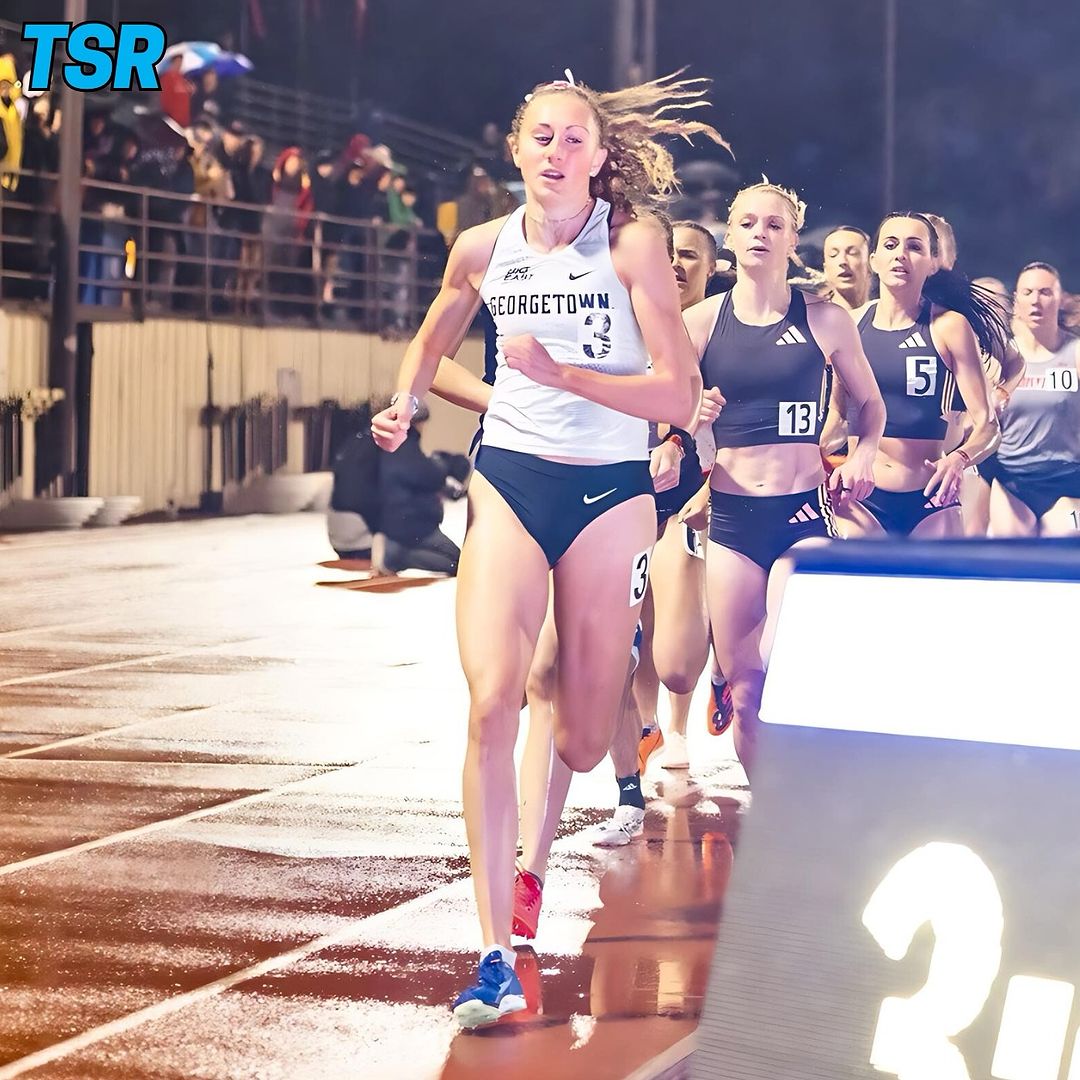It’s October. The college basketball season is kicking off in six weeks. And two of the top three freshmen in the country – Josh Selby of Kansas and Enes Kanter of Kentucky – have no idea whether they’ll be eligible to play this year.
In Selby’s case, the NCAA is investigating his relationship with Robert Frazier, Carmelo Anthony’s business manager, to see whether Selby received improper benefits from Frazier. Kanter’s season appears to be in even more jeopardy, as officials for Kanter’s Turkish club team have alleged that he received more than $100,000 in cash and benefits, which could make him ineligible to play in the NCAA.
These sticky situations are coming on the heels of the Heisman Trust’s decision to strip former USC running back Reggie Bush of the 2005 Heisman Trophy following the NCAA’s finding that Bush was ineligible in 2005 due to receiving improper benefits. USC basketball star O.J. Mayo was also determined to be ineligible in the 2007-2008 season for the same reason.
These types of scandals involving college athletes have become so commonplace that we hardly raise an eyebrow every time a new one emerges. But the prevalence of these allegations has clearly illustrated the fatal flaw of big-time college athletics: College athletes generate huge amounts of revenue but are not allowed to reap the rewards of their labor. Correcting this injustice by adequately paying college athletes is essential to saving college athletics.
First and foremost, this should be seen as a moral issue. College athletes work extraordinarily hard, practicing for thousands of hours each year and utilizing skills that are both rare and in high demand. When it comes to big-time sports such as basketball and football, that skilled labor eventually is transformed into cash for the university and the media.
Surely the athletes are entitled to at least a cut of the profits. Any fair allocation of the revenue would result in many athletes receiving far more money than the value of their scholarships, which at a school like the University of Alabama can be as little as $10,000 per year.
Even if you don’t accept the moral aspect of that argument, there are also practical reasons for paying college athletes. By capping an athlete’s wages at the value of his scholarship, the NCAA has opened the door to money changing hands under the table. Simply put, this situation comes down to basic economics.
Imagine you are a landlord renting out an apartment but are forced to charge a maximum rent far below market value. Many people will naturally want to rent your apartment, and they will certainly try to distinguish themselves from the rest by offering you benefits on the side.
Now imagine you’re a top-notch basketball recruit. The situation is identical, except your apartment is your on-court ability and the people seeking it are Kansas, Kentucky and USC.
The lack of athlete pay has incentivized and essentially mandated the creation of the corrupt underworld of recruiters, agents and boosters. These shady networkers do a disservice to the college game as they often prey on vulnerable kids with false promises and undermine the legitimate authority of coaches and mentors.
any people object to paying college athletes because they see it as antithetical to the purpose of a university, which is promoting education. Unfortunately, these people seem oblivious to the reality of the modern university, which has become a corporation in all but name.
Universities may not always aim to maximize profit, but they certainly try to maximize prestige. And that prestige doesn’t just come in the U.S. News & World Report rankings or the quality of its faculty – it also comes from success on the basketball court and the football field.
Ultimately, this debate comes down to our society’s obsession with sports, specifically basketball and football at the college level. Whether we like it or not as individuals, these are the things we have collectively chosen to value. As a result, big-time college athletes are among the most valuable employees of a university from a financial perspective.
It’s time they started getting treated like it.
Parimal Garg is a senior in the College. TAKING THE COURT appears every third issue in THE HOYA








